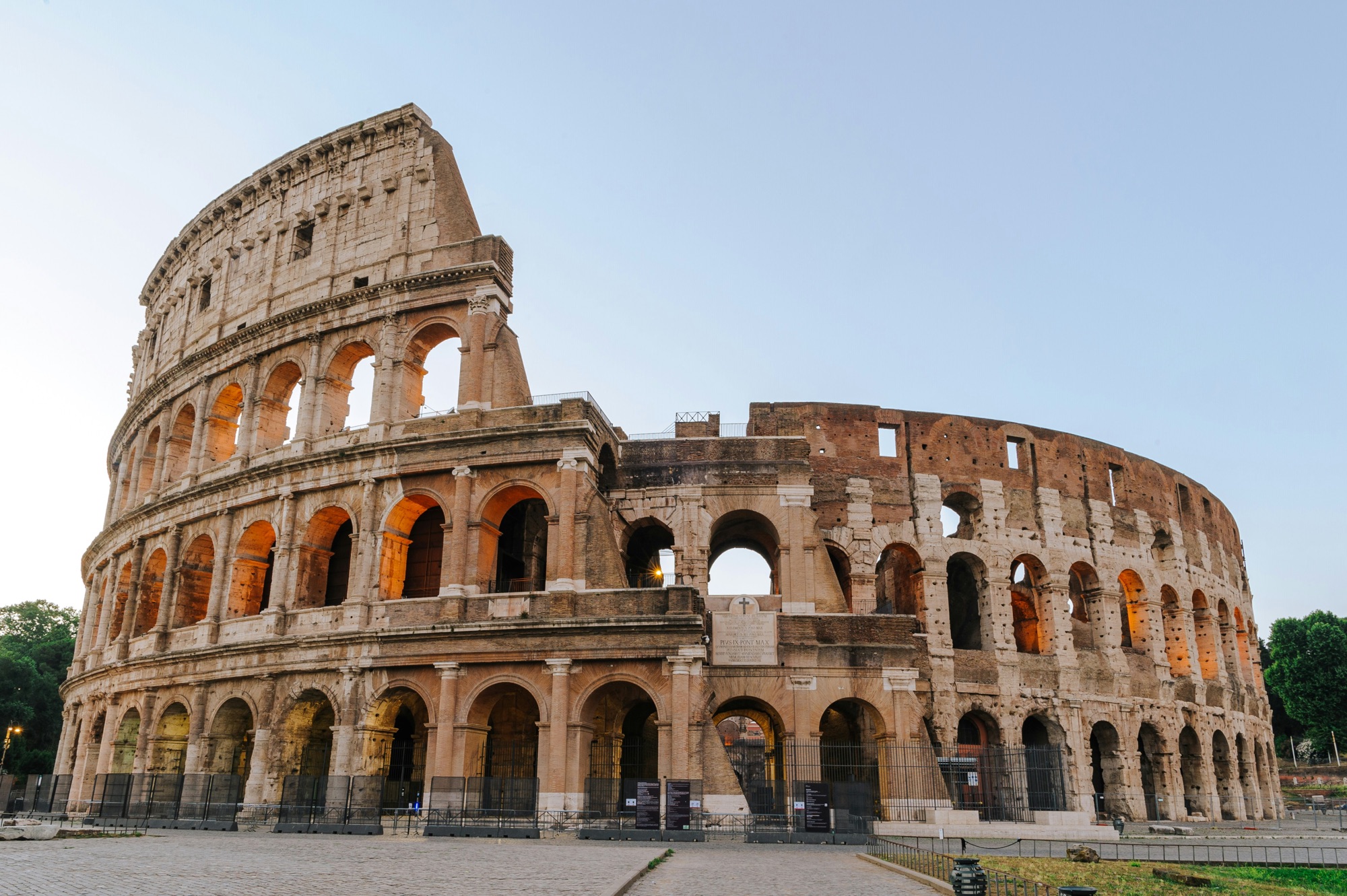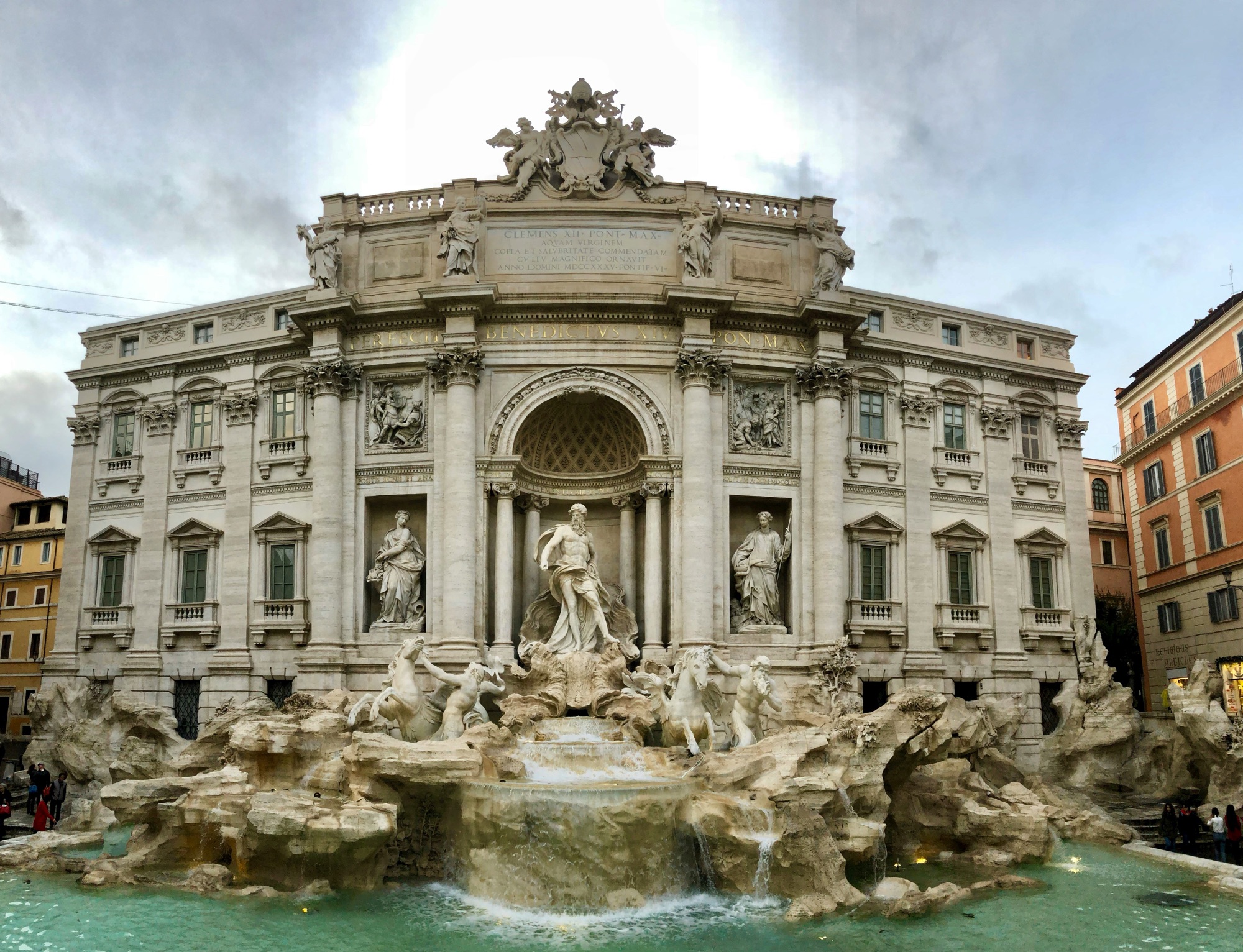
This post has affiliate links that will direct you to Viator.com. If interested, please click the link.
I love to travel in the States, however, there is just something magical about traveling abroad. The sights, the culture, and the food are amazing to experience. When my daughter was in middle school, her history teacher organized trips with her middle school students through EF Tours. That particular year they were going to Rome, Italy and Athens, Greece.
She came home from school and asked if we could go. Sure…you can go with me! How could I say no to traveling abroad? This particular blog details our stop at the Colosseum in Rome. Standing outside the Colosseum it is massive looking at what remains of the structure, however, the inside of the Colosseum is breathtaking!
Just close your eyes and wonder what the Colosseum was like in its heyday. Let me paint you a picture of what has been…
Construction of the Colosseum
The construction of the Colosseum took eight years to build and was inaugurated in 80 A.D. The structure consisted of 3 stories of arches with 80 arches per story. The 3 different floors supported an attic. On the first, second, and third floors were Doric semi columns, Ionic columns, and Corinthian columns respectively.
In the building of the Colosseum, they used 3,500,000 cubic feet of Travertine blocks to build the main pillars and walls. Travertine is a type of limestone. The builders were ahead of their time and used an earthquake proof technique by placing iron clamps inside the stone blocks increasing the total weight to be 300 tons of metals.
At the top of the Colosseum, there was a velarium which was an immense awning to protect the spectators from the heat. There was several separate segments of colored linen canvases that slid along huge rings in order to be spread out to protect the spectators in the heat or gathered up if the weather was accommodating. The picture below is an artist’s rendition of the velarium.

Flow of the Crowds
The Colosseum has different tiers of seats that hold 50,000 spectators. To ease the flow of the crowds, 76 entryways were built into the Colosseum. The crowd could enter and leave in a short amount of time. They are numbered except for the 4 main entryways.

Due to the large size of crowds, 50 fountains were added so that the crowds could drink from and wash themselves for refreshments. Yuck! That would never work today! There are very few marble seats that remain as they have been removed and reused as filling material in a different part of the structure. The above image is an artist’s rendition of the Colosseum under the velarium.
Lifts and Latrines
In the arena area, the floor was covered by wooden planks. Obviously, the flooring didn’t last very long. That is why in pictures, you do not see any flooring. The corridors underneath the arena housed all animals and services to the games. There were lifting mechanisms to raise the wild animal cages and stage sets.

The auditorium was divided into 5 different sections. The seats were assigned due to social rank classes. The exception was the marble seats which were reserved for governmental officials. The Colosseum had public latrines that were in the open and the toilets were for collective use only. No flushing was available at that time. I would have hated to have that job to clean those out. They did have clean water and sponges under the seats for washing. No toilet paper!!
The ‘Entertainment’
There were four types of entertainment that the amphitheater was used for in its heyday. They had wild animal hunts, gladiator combats, executions, and naval combats. Definitely a brutal time in our history!
Wild Animal Hunts
Before the wild animal hunts could take place, there was the capture and shipping of animals. The animals were captured from remote lands. Once the animals were captured, the transfer of animals was very difficult and costly. The journey from capturing the animals was hazardous and lasted for months. The mortality rate for the animals were very high. They were transferred over land and sea and frequent epidemics killed many of them. On land, the animals were pulled by oxen or on sailing vessels.
The wild animal hunts were very popular. Lions, tigers, panthers, leopards, crocodiles, hippos, and rhinos were brought from Egypt. The professional hunter gladiators were essentially actors. They acted on stage sets that were made to look like woods, hills, and streams. The animals were kept in the dark and were not fed to make the animals more aggressive for the show. Many of these actors were killed as their reflexes to move were not quick enough to save them. These games did not start out as cruel games. Over time, emperors introduce brutality into the games to increase interest.
Gladiator Combats
The original concept of the gladiator combats was to kill prisoners of respected families so that shedding of blood would appease the Gods. The custom has evolved into the gladiator spectacle for sport. To recruit the combatants, the organizer of the games would contact the owners of the gladiators. The gladiators that were condemned to death were slaves, free men, and young aristocrats of families in declining wealth. During the battle, the monitors would goad them or flog the gladiators to make the fight more enticing.
Executions and Naval Battles
The executions were for the most dangerous criminals. The criminals were tied to posts and then the wild animals were raised and released from under the floor. They died as a result of hungry animals. Naval Battles were for special occasions. The wooden planks of the floor were removed so that the arena could be flooded. The ships would be maneuvered by slaves, prisoner of wars, and criminals. They fought for their lives as ships were rammed, boarded, set on fire, and even sank.
How Has The Colosseum Changed?
In the 6th century, the games stopped and the iron, marble, travertine was removed to use for other projects. In the tenth century, condos with two floors and a garden were made in the Colosseum for some of the poorer classes. By the 14th century, St. Peter’s Basilica was being built and the Vatican used the Colosseum as a quarry of building materials. On the south side, the inner and outer rings were removed. The north side of the Colosseum was left for a majestic view for the papal processions. I guess they were concerned about image!

After our tour of the Colosseum, books were being sold outside the entrance. I bought a book on Rome that has drawings of what the Colosseum looked like which would overlay a picture of what it currently looks like. It is a fascinating book! If interested, check out the source.
If you get a chance to visit Rome, the Colosseum is worth a visit!
Source: Rome: Then and Now in Overlay By Giuseppe Gangi







Leave a Reply